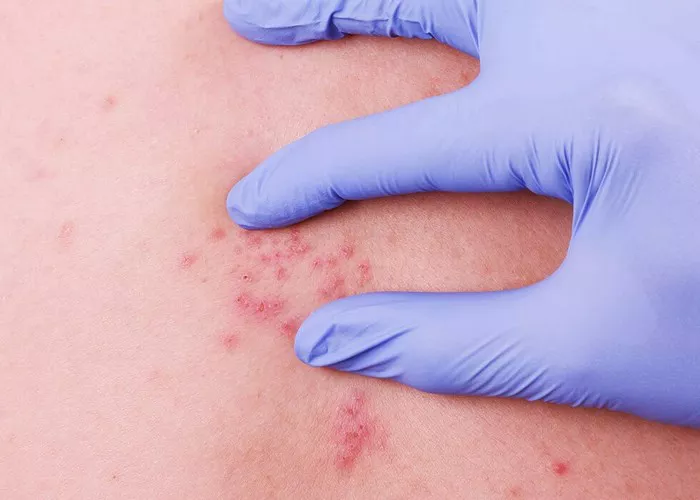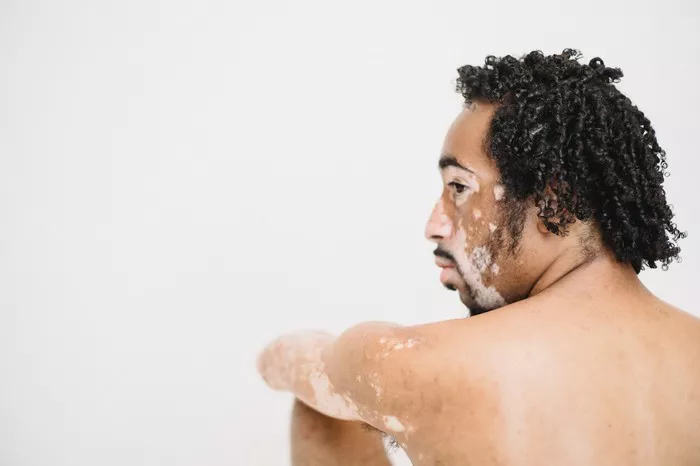Shingles, also known as herpes zoster, is a painful condition caused by the reactivation of the varicella-zoster virus, the same virus that causes chickenpox. One of the most common concerns among those affected by shingles is how long it takes for the rash to disappear. This article will provide a comprehensive overview of the typical duration of a shingles rash, factors affecting recovery, stages of the rash, and practical tips for managing symptoms.
SEE ALSO: What other Symptoms Come with Shingles
Shingles Rash Duration
Average Healing Time
The duration of a shingles rash can vary, but on average, it takes about three to five weeks for the rash to heal completely. This timeline begins from the onset of the first symptoms, typically starting with pain and tingling before the rash appears. The healing process usually progresses through several stages, each with its own duration.
Factors Affecting Healing Time
Several factors can influence how quickly a shingles rash heals:
Age: Older adults tend to experience longer recovery times. This is partly due to the natural decline in immune function with age.
Overall Health: Individuals with weakened immune systems, such as those with chronic illnesses or who are undergoing chemotherapy, may take longer to heal.
Treatment: Prompt treatment with antiviral medications can significantly reduce the duration and severity of a shingles outbreak. Early intervention is key to a quicker recovery.
Stages of the Rash
Blisters
The shingles rash typically begins as red patches on the skin, which then develop into fluid-filled blisters. This stage lasts about three to five days. The blisters are usually painful and itchy, and they may cluster in a specific area of the body, often on one side of the torso or face.
Crusting
After the blister stage, the blisters will start to dry out and form crusts or scabs. This stage usually lasts about seven to ten days. The crusting phase is an indication that the rash is beginning to heal, although the area may still be painful or sensitive.
Healing
The final stage involves the scabs falling off and the skin gradually healing. This process can take another one to two weeks. Even after the rash has healed, some individuals may experience lingering pain, known as postherpetic neuralgia (PHN), which can persist for months or even years.
Symptoms and Healing Process
Common Symptoms
Shingles is typically characterized by a combination of symptoms, including:
Pain: Often the first symptom, pain can be severe and is usually localized to the area where the rash will develop.
Itching: The affected area may itch intensely, especially during the blistering stage.
Rash: The hallmark of shingles, the rash typically appears within a few days of the onset of pain.
Expected Healing Timeline
Week 1: Pain and tingling sensations appear, followed by the development of a red rash.
Week 2: Blisters form and eventually start to crust over.
Week 3: Crusting continues, and the rash begins to heal, with pain and itching gradually subsiding.
Weeks 4-5: The scabs fall off, and the skin heals, though some pain may persist.
Management
Shingles is Treatable
It’s important to note that shingles is a treatable condition, and most people make a full recovery within a few weeks. Antiviral medications, such as acyclovir, valacyclovir, or famciclovir, are commonly prescribed to shorten the duration of the outbreak and reduce the severity of symptoms.
Treatment Options
Antiviral Medications: These are most effective when started within 72 hours of rash onset.
Pain Relief: Over-the-counter pain relievers like ibuprofen or acetaminophen can help manage pain. In more severe cases, prescription painkillers or nerve blocks may be recommended.
Topical Treatments: Calamine lotion or lidocaine patches can provide relief from itching and pain.
Home Care and Self-Management
To promote healing and manage symptoms at home:
Keep the Rash Clean: Gently wash the affected area with soap and water to prevent infection.
Apply Cool Compresses: These can help reduce pain and itching.
Avoid Scratching: Scratching can lead to infection and scarring. Keeping your nails trimmed and wearing loose clothing can help reduce the urge to scratch.
When to Seek Medical Attention
Signs of Complications
While most cases of shingles resolve without complications, it’s important to seek medical attention if you experience:
Fever: A high fever could indicate a secondary infection.
Spreading Rash: If the rash spreads beyond the initial area, it could be a sign of a more serious issue.
Worsening Pain: If pain increases rather than decreases as the rash heals, it could indicate postherpetic neuralgia.
Conclusion
While the healing time for a shingles rash can vary, understanding the stages of the rash and the factors that influence recovery can help you manage your symptoms effectively. With prompt treatment and proper care, most people recover fully within a few weeks.
Realted Topics:
























